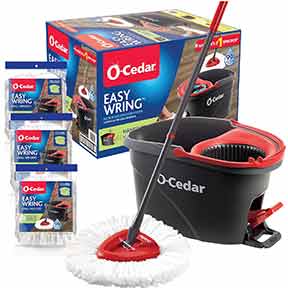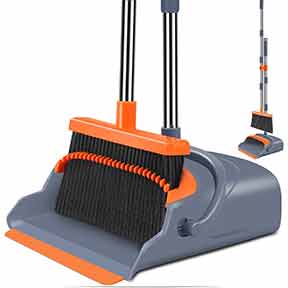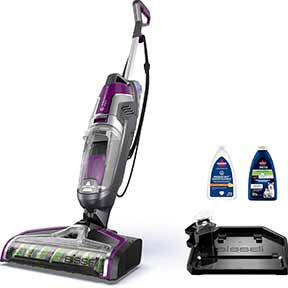Removing Stains from Ceramic Tiles

Removing Stains from Ceramic Tile Floors.
Tile Stain Removal
Removing stains from ceramic tiles is much easier when you understand the basics of tile care and act quickly. Ceramic tile has been a household favorite for centuries due to its durability, low maintenance, and classic appearance. Whether it’s used on floors, walls, or countertops, ceramic tile is both practical and stylish – and with regular care, it can look new for years. One of the biggest advantages of ceramic tile is its stain resistance, but no surface is completely stain-proof. From kitchen spills to bathroom residue, knowing the right techniques for removing stains from ceramic tile floors will save you time, effort, and possibly the cost of replacement.General Cleaning of Ceramic Tile Floors
Routine cleaning goes a long way in preventing stains and maintaining your tile’s finish. For general upkeep:- Sweep or vacuum daily to remove dust and debris. Use a soft-bristled broom or a vacuum made for hard floors without a rotating brush, which could scratch the surface.
- A damp mop is often all you need. Wet the mop with warm water, wring out the excess, and mop as usual. Rinse the mop regularly and change the water when it gets dirty.
Homemade Tile and Grout Cleaner
For deeper cleaning or removing stains from ceramic tiles and grout, this DIY cleaner is safe and effective:- 1/2 cup baking soda
- 1/3 cup ammonia
- 1/4 cup white vinegar
- 7 cups warm water
Removing Specific Stains from Ceramic Tiles
Blood Stains
If caught early, a blood stain on ceramic tile usually wipes right up. If it begins to dry:- Blot with a damp paper towel to lift any surface residue.
- Apply a bit of dish soap (like Dawn) and cold water to a clean towel.
- Let it sit on the stain for 30 minutes, then wipe away with a clean cloth.
- Rinse and dry thoroughly.
Burn Marks
Burn marks on tile are rare but possible. Use #0 fine-grade steel wool with a bit of water or detergent to gently buff out the mark. Avoid aggressive scrubbing to prevent surface damage.Heel and Scuff Marks
Scuff marks from shoes or heels can be removed with a Magic Eraser or a clean pencil eraser. Rub gently to avoid dulling the tile finish.Ink Stains
To remove ink from ceramic tile:- Try a Magic Eraser first. If that doesn’t work, gently rub the area with #0 steel wool and a mild detergent.
- For persistent stains, soak a cloth in ammonia and place it on the stain for 10–15 minutes.
- Wipe clean, rinse well, and dry. Caution: Ammonia can discolor grout, so apply only to the tile and ventilate the room well while working.
Final Thoughts on Removing Stains from Ceramic Tiles
While ceramic tile is generally easy to maintain, stains can still happen. The good news is that removing stains from ceramic tiles – from everyday grime to tougher spots like ink or grease – usually requires nothing more than the right tools, a little patience, and prompt attention. With regular sweeping and a simple damp mop, you’ll keep your tile surfaces clean and attractive for years to come.Related Articles
Floor Cleaning TipsFloor Supplies












